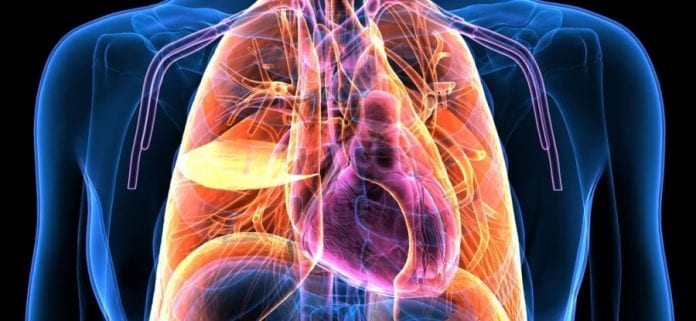A new camera that can see through the human body
Scientists in the UK have developed a camera through which doctors will be able to see through the human body.
According to a study published in the journal ‘Biomedical Optics Express’, the device has been designed to help doctors track medical tools known as endoscopes, during internal examinations without having to use expensive X-rays. Endoscope is an instrument put into the body to examine things like the digestive system or respiratory tract.
This new device can also detect the sources of light inside the body, such as the well-lit tip of the endoscope’s long flexible tube, making it possible for medical professionals to see where the device is located in the body.
“Until now, it has not been possible to track where an endoscope is located in the body in order to guide it to the right place without using X-rays or other expensive methods,” researchers from the University of Edinburgh stated.
“The ability to see a device’s location is crucial for many applications in healthcare, as we move forwards with minimally invasive approaches to treating disease,” stated Kev Dhaliwal, Professor of Molecular Imaging and Healthcare Technology at the University of Edinburgh.
Researchers say early tests have shown that the prototype device can track the location of a point light source through 20 cm of tissue under normal conditions. The new camera is compact and portable enough that it can be used at the patient’s bedside.
With current methods, light from the endoscope can pass through the body, but it usually scatters or bounces off tissues and organs rather than travelling straight through making it almost difficult to find out exactly where the endoscope is.
The device takes advantage of advanced technology that can detect individual particles of light, called photons. Experts have combined thousands of single photon detectors onto a silicon chip, similar to that found in a digital camera. The sensitive nature of the silicon chip in the camera can catch tiny traces of light that pass through the body’s tissue from the light of the endoscope. It can even record the time taken for light to pass through the body, which allows the device to also detect the scattered light.
The project – led by the University of Edinburgh and Heriot-Watt University – is part of the Proteus Interdisciplinary Research Collaboration, which is developing a range of new technologies for diagnosing and treating lung diseases.
Proteus is funded by the Engineering and Physical Sciences Research Council.
Dr Michael Tanner, of Heriot-Watt University, said: “My favourite element of this work was the ability to work with clinicians to understand a practical healthcare challenge, then tailor advanced technologies and principles that would not normally make it out of a physics lab to solve real problems.
“I hope we can continue this interdisciplinary approach to make a real difference in healthcare technology.”
Source: BBC

